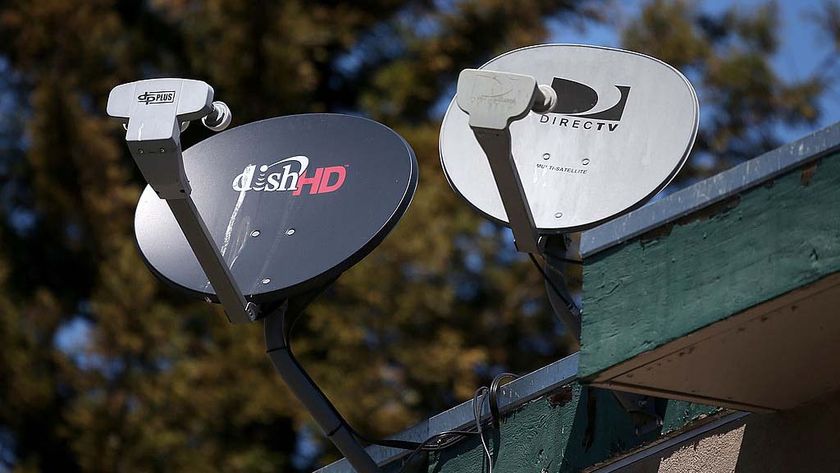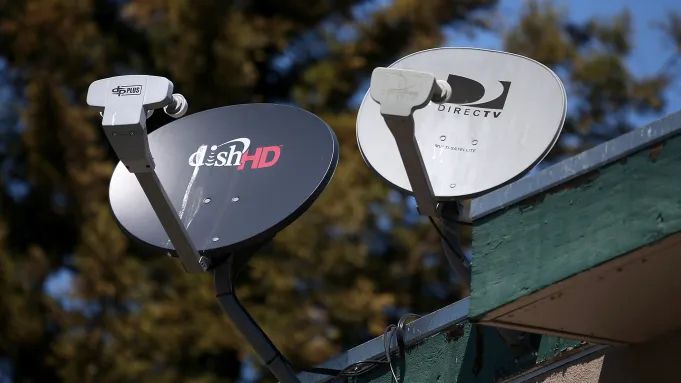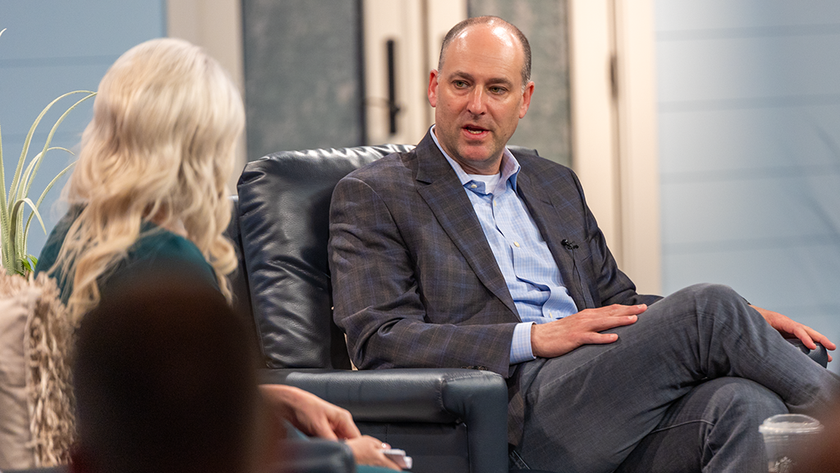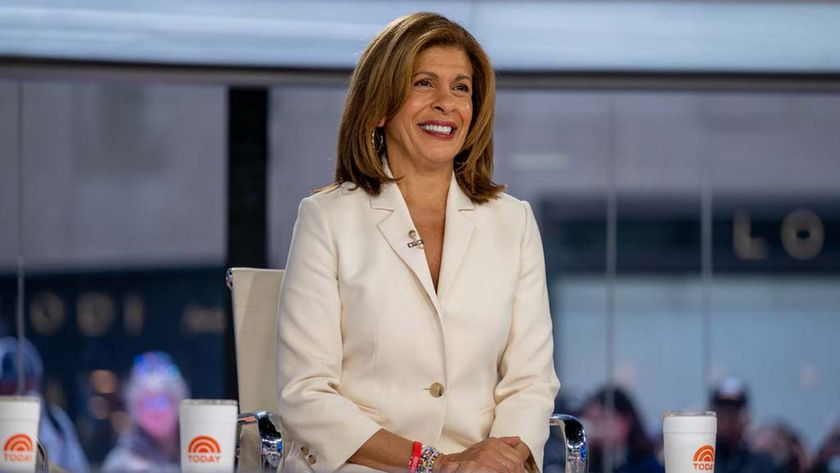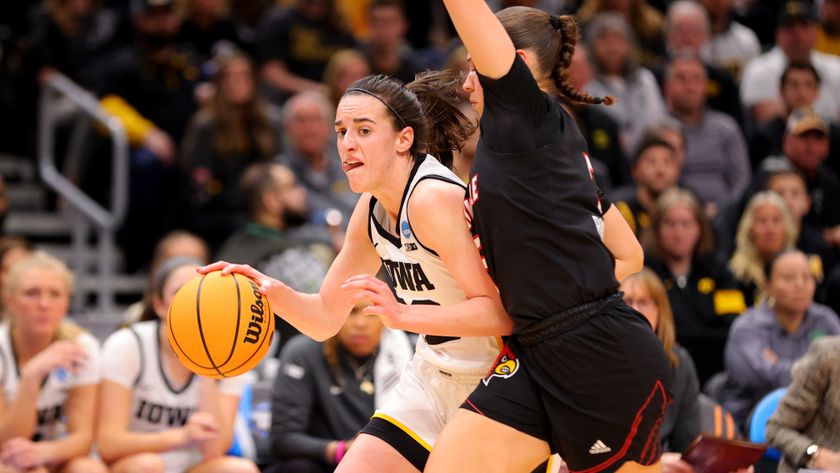MBPT Spotlight: Broadcast Networks Not Giving Affiliates’ Late Local News Telecasts Much Lead-In Help
Once upon a time, the broadcast TV network affiliated stations could count on mass-viewed 10 p.m. dramas that would lead audiences into the local news telecasts and boost those ratings. That time, however, has clearly passed, as stations wait for another “happily ever after” period.
They have good reason to be nostalgic. About 20 years ago, for example, during the NBC “Must See TV” era, the network’s 10 p.m. Thursday medical drama ER was pulling in 32 million viewers and a 12.9 18-49 demo rating. Even 10 years ago, when ER was nearing the end of its run, it was still averaging 15.4 million and a 5.6 in the demo. This season, NBC’s drama in that same period, Parenthood, is averaging 4.2 million viewers and a 1.3 in the demo. NBC, however, is hardly the only network seeing 10 p.m. audiences dwindling each year.
During the 1995-96 season, ABC’s Tuesday 10 p.m. drama NYPD Blue averaged 19.8 million viewers and an 8.0 18-49 demo rating. During the 2004-05 season, the series averaged 10.1 million viewers and a 3.6 demo rating. This season in the Tuesday at 10 p.m. time period, ABC drama Forever is averaging 5.4 million viewers and a 1.3 in the demo. On Friday night at 10 during the 1995-96 season, news magazine 20/20 averaged 19.6 million viewers and a 7.9 18-49 demo rating. This season in the same time period, 20/20 is averaging 5.5 million viewers and a 1.3 demo rating.
The dynamics of television have clearly changed with the steady growth of delayed DVR viewing and also with the increased competition to the broadcast networks from cable, where many of the larger networks are televising their most popular dramas at 10 p.m. on weekday nights. Add to that the rise of streaming viewing online and it stands to reason viewership on the broadcast networks would be down.
But that doesn’t mean the affiliates have to be happy about it. Estimates are that as much as one-third of a local TV station’s annual ad revenue is derived from the late local news telecast. That’s why there was such a public outcry by various NBC affiliate station execs in the fall of 2009 when the network created the Jay Leno Show and aired it five nights a week at 10 p.m.
Leno aired from Sept. 14, 2009-Feb. 9, 2010 and averaged just 5.1 million viewers and a 1.5 18-49 demo rating in the 10 p.m. time period. Said the general manager of one NBC affiliate at the time, “I don’t think any NBC affiliate wanted to wake up in the fall with a weaker lead-in to their late news.”
After defending the move for months, NBC entertainment brass finally pulled the show, but the network still hasn’t recovered in the time period. Only last season did it finally get one 10 p.m. series, TheBlacklist on Monday night, that its affiliates can’t complain about.
Broadcasting & Cable Newsletter
The smarter way to stay on top of broadcasting and cable industry. Sign up below
The Blacklist is averaging 10.4 million viewers and a 2.8 in the 18-49 demo, giving NBC is only M-F 10 p.m. series that could be considered a sizable lead-in into the local news. On Tuesday nights at 10, Chicago Fire is averaging 8 million viewers and a 2.1 in the demo. On Wednesday nights, Chicago PD is averaging 6.6 million and a 1.5. And on Friday nights at 10, Dateline is averaging 6 million viewers and a 1.2 in the demo.
ABC’s best 10 p.m. weeknight lead-in for local late news is on Thursday with freshman drama HowTo Get Away With Murder, which is averaging 10.9 million and a 3.1 demo rating. Castle on Monday nights is averaging 9.4 million viewers and a 1.8. On Wednesday nights at 10, Nashville is averaging 5.3 million and a 1.4 in the demo.
By moving NCIS: Los Angeles from Tuesday night at 9 last season to Monday night at 10 this season, the network hurt the viewership of the series by moving it to a tougher time period—but the move also gave its affiliates a better local late news lead-in.
Last season NCIS: Los Angeles, leading out of the original NCIS, which was the most-watched broadcast drama on television, averaged 13.7 million viewers and a 2.2 in the 18-49 demo. This season on Monday nights, where it has to compete with Castle and The Blacklist, NCIS: Los Angeles is averaging 9 million viewers and a 1.7 demo rating. While it’s third in the time period in both viewers and in the demo right now, it is dwarfing the ratings from the two CBS dramas that shared the 10 p.m. Monday time period last season: Hostages averaged 5.1 million viewers and a 1.2 demo rating, while Intelligence averaged 6.9 million viewers and a 1.3 demo rating.
On Tuesday nights at 10, Person of Interest is performing about the same this season for CBS—averaging 10 million viewers and a 1.7 demo rating—compared to last season’s 10.7 million and 1.8. On Wednesday nights at 10, freshman drama Stalker is averaging 8 million viewers and a 1.7 demo rating, compared to CSI last season, which averaged 9.2 million and a 1.7 in the demo.
The NFL’s Thursday Night Football on CBS, which just completed it run for this season, was averaging 17 million viewers airing from 8 p.m. until well after 11 p.m., which delayed the late local newscasts on CBS. In that case some of the benefit of the larger audience was offset by the fact that some of that audience possibly skipped the news and just went to bed.
Last week, CBS drama Elementary returned to the 10 p.m. Thursday time period it occupied last season when it averaged 8.2 million viewers and a 1.6 18-49 demo rating. This season in its premiere episode it drew only 7.6 million viewers and a 1.2 demo rating, a drop from last season and way lower than the TNF telecasts.
The most-watched 10 p.m. broadcast network show on Monday through Friday is CBS drama Blue Bloods which is averaging 11 million viewers on Friday nights but is also one of the oldest-skewing shows on television with a median age audience of 64. Last season in the same time period, Blue Bloods averaged 10.7 million viewers.
Brad Adgate, senior VP and director of research at Horizon Media, believes time-shifted viewing is hurting the live 10 p.m. viewing hour most because many people record the 10 p.m. shows to watch at a later time while they are watching earlier recorded shows at 10 p.m. and even at 11 p.m. That time-shifted viewing is hurting both the 10 p.m. broadcast ratings and the late local news.
“I think it’s still important to have a strong broadcast network lead-in to late local news,” Adgate says, “but it’s just not happening. When was the last time there was a huge Top 10 broadcast network primetime hit on at 10 p.m. during the regular season?”
Cable competition has also not been kind to the broadcast networks’ 10 p.m. programming efforts, Adgate says.
“It’s just become harder and harder for the broadcast networks to get traction in the 10 p.m. time period in today’s TV landscape and it doesn’t seem like that is going to change.”
